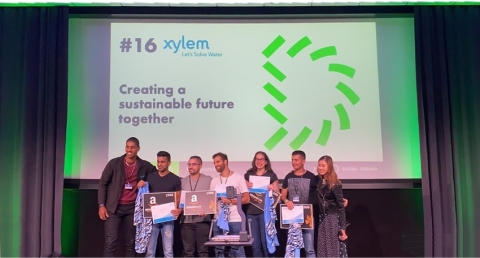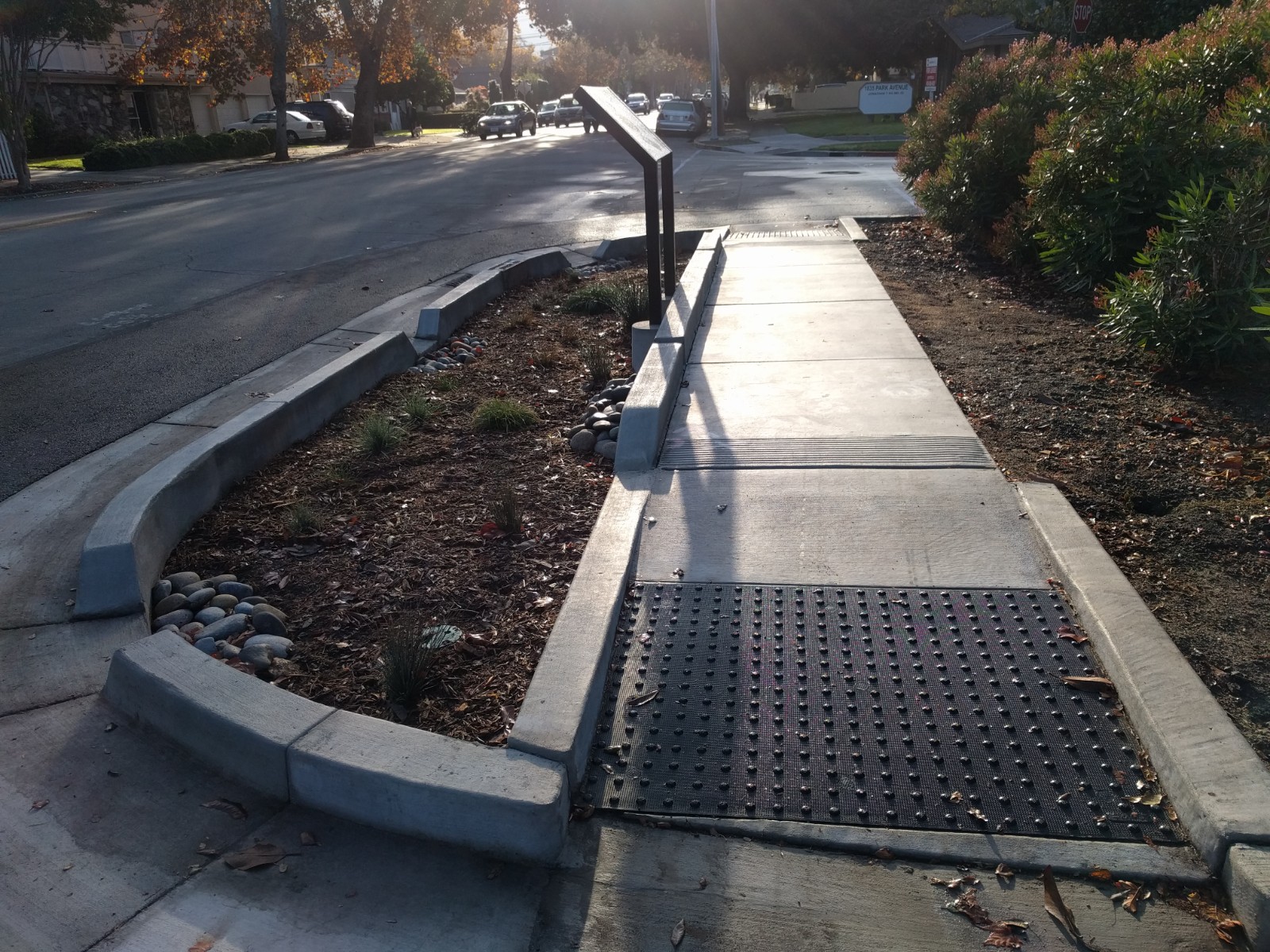In September, more than 1,600 coders from 78 countries met in Zurich, Switzerland, to apply their talents to some of the world’s peskiest problems. Working in newly formed teams, HackZurich 2021 participants spent a continuous 40 hours responding to specific challenges posed by 18 global companies and service providers.
Multinational water technology company Xylem (Rye Brook, New York) focused on flooding, asking teams to develop interactive platforms to aid disaster response efforts during major flood events. Eight teams accepted the challenge, rapidly creating pilot-scale applications capable of maneuvering vast amounts of raw data into actionable insights for both civilians and disaster response agencies. Each sponsoring organization provided technology and expertise to assist teams as they developed solutions.
“Our mission is to solve the world’s greatest water challenges, and the solutions are increasingly going to be digital,” said Hayati Yarkadas, Xylem’s President for Europe, in a release. “The participants in our HackZurich water challenge are inspiring examples of a new generation of talent that is passionate about solving real-world problems and making the world more sustainable. As this years’ devastating floods across Europe showed us, we’re at a critical time for water, and we need all their passion and ingenuity.”
To the Res-Queue
The winning solution, known as Res-Queue, represents a machine learning-enabled approach to flood response. Intended for use by disaster management professionals, the platform assesses flood conditions at specific points within a service area based on real-time media. This may include photos and videos gathered from closed-circuit television cameras, telecommunications data, satellite imagery, and drone footage, the Res-Queue team described in a video about their platform.
The application works by comparing media that surfaces during flood events to a vast library of photos and videos from previous floods. The platform searches for patterns and irregularities that could include, according to a demonstration by the team, the water levels at a particular site or the visibility of a typical surface through water. It uses these comparisons to classify the severity of a flood event at each point within the service area, rendering maps with which first responders can quickly visualize areas where flood hazards create the most risk.
From inside a disaster response control room, the application manifests as a real-time dashboard that updates continuously with new data as it analyzes incoming media. If users input details such as the number of relief teams it commands and the resources and equipment available to each team, the dashboard will create itineraries for each team that enable them to address situations they are equipped to handle in order of their severity and time-sensitivity.
“Solving this flood management challenge is very important to us as it saves lives,” Res-Queue team member Matan Levy said in a statement. “What can be more important than that? Water is life — it saves lives, however, it can take lives as well.”
Watch the Res-Queue team’s video presentation:
Diverse Digital Solutions
Xylem’s flood data challenge yielded a diverse collection of other digital applications with the potential to enhance flood response capabilities, all developed within just 40 hours.
One team, for example, created an application that uses local height and elevation maps to predict the least likely areas to flood, and leverages available information about ongoing flood conditions to plot the least-hazardous routes civilians can take to nearby safe areas. Another application encouraged proactiveness, providing an interactive map where users can identify the most flood-prone sites in their neighborhoods and estimate the effects of nearby parks and gardens in mitigating flooding. They can then sign in-app petitions calling for more robust flood control measures in problematic areas, which are then delivered to local government representatives. Teams also devised new ways to gather and process the information that underpins other flood-response applications, including one team who proposed an automated, drone-enabled disaster surveillance system intended for deployment during heavy storms.
Outside of disaster response, HackZurich 2021 participants developed solutions and utilities for a breadth of sectors, including transportation, finance, health and wellness, and the arts. Learn more about HackZurich 2021 at its website.
Top image courtesy of Business Wire

ABOUT THE AUTHOR
Justin Jacques is editor of Stormwater Report and a staff member of the Water Environment Federation (WEF). In addition to writing for WEF’s online publications, he also contributes to Water Environment & Technology magazine. Contact him at jjacques@wef.org.






